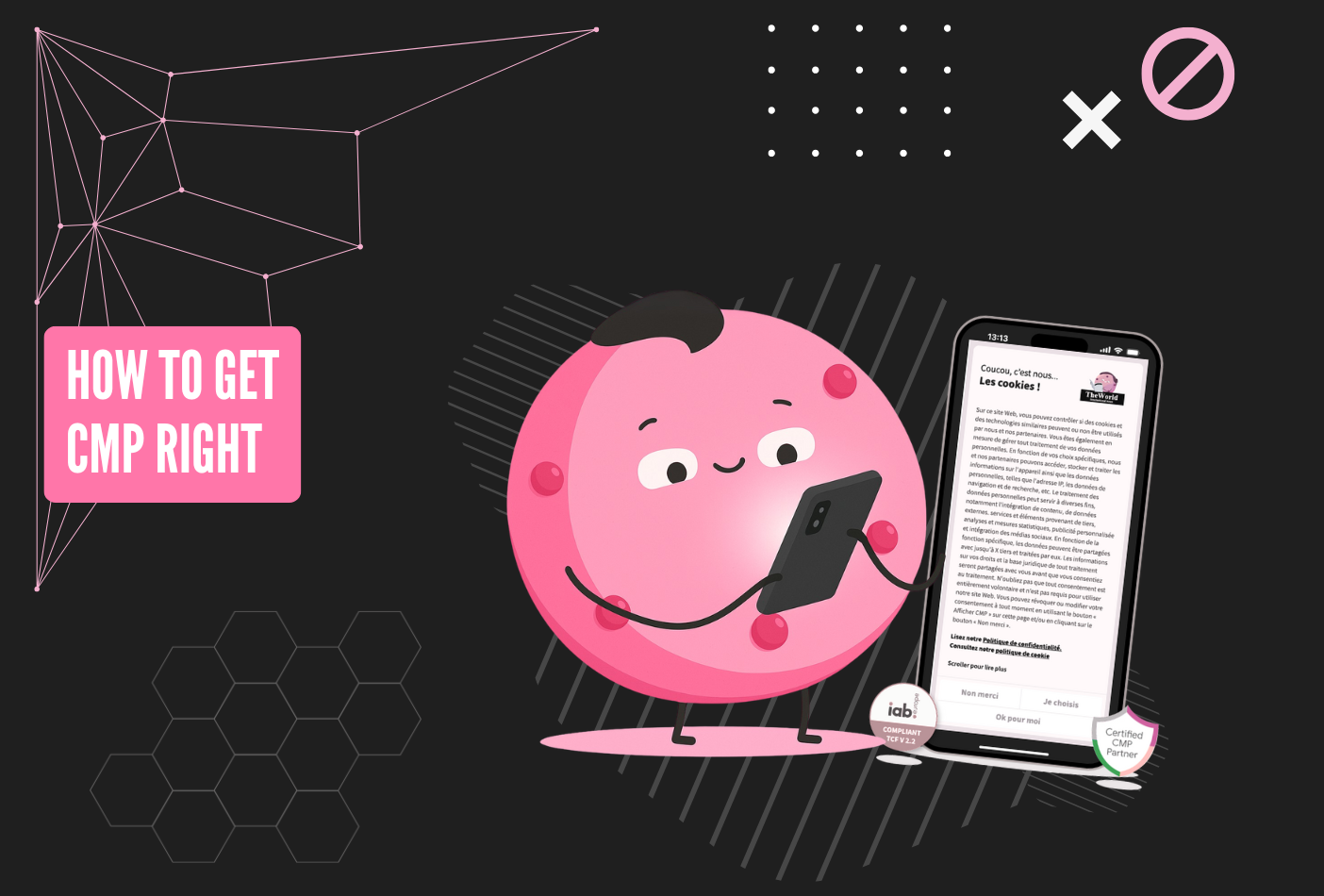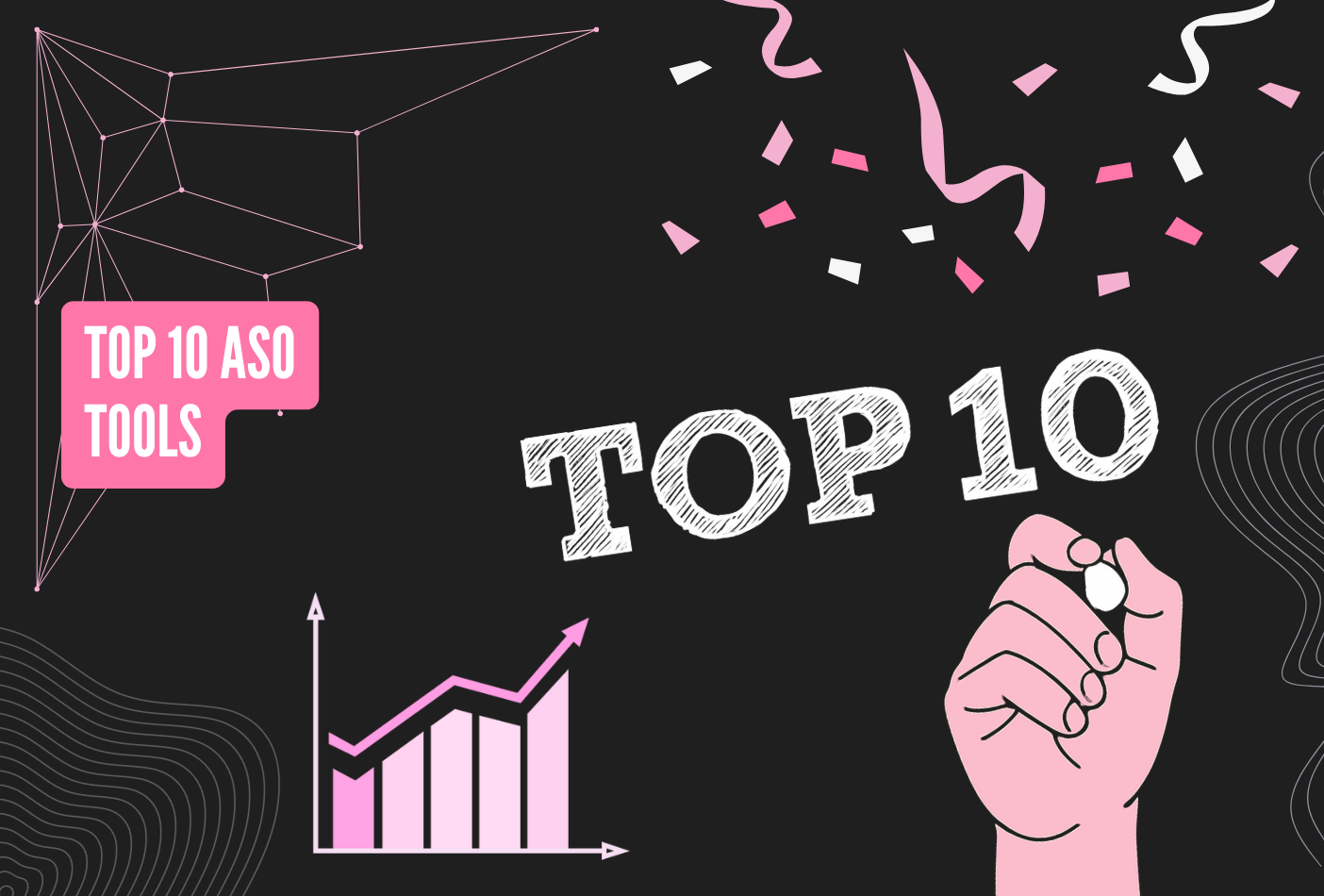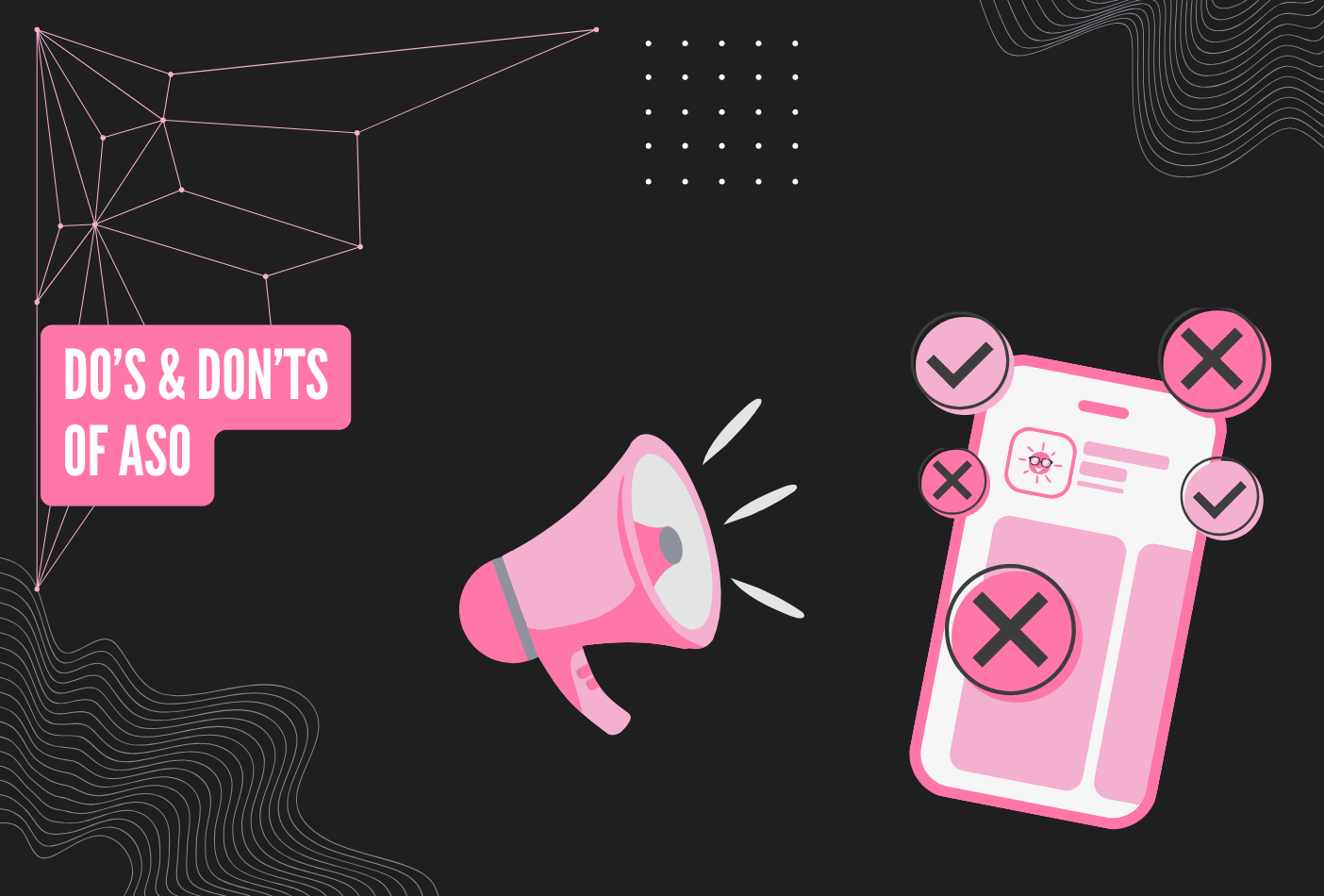🚫 5 Costly ASO Mistakes You Should Avoid (Especially If You're Not a Big Brand)
In a crowded app store where millions of apps compete for attention, getting your App Store Optimization (ASO) right can mean the difference between explosive growth and digital obscurity.
Whether you're launching a new app or scaling an existing one, avoiding these common ASO mistakes is just as important as implementing best practices. If you're not a well-known brand, you simply can't afford to waste visibility opportunities.
Here are the 5 most common ASO mistakes that are silently hurting your rankings and downloads — and how to fix them.
❌ 1. Not Starting Your Title with a High-Volume Keyword
Why it matters:
The first few words of your app title are heavily weighted by the App Store and Google Play algorithms. For non-branded apps, this is prime real estate — and wasting it on vague or creative words kills discoverability.
Example:
Bad: MyHealthTracker: Wellness, Sleep, Steps
Good: Sleep Tracker & Step Counter – MyHealthTracker
Fix:
Do keyword research using tools like AppTweak, MobileAction, or SensorTower. Identify high-volume, relevant terms, and place the strongest one at the beginning of your app name.
Pro tip: Don’t just keyword stuff. Make sure your title still reads naturally and delivers value.
🎯 2. Ignoring Icon Optimization
Why it matters:
Your icon is the first visual element users see in search results. Even if you rank well, a poor icon will destroy your click-through rate (CTR), which indirectly affects your organic ranking.
Common mistakes:
- Using too much text
- Overly generic icons (e.g., just a dollar sign or a calendar)
- Colors that blend into the store’s background
- Not A/B testing icon variants
Fix:
- Design a clean, high-contrast icon that communicates your app’s core value visually.
- Use A/B testing tools (like Google Play Store experiments or SplitMetrics) to test different icons.
- Analyze competitors with high download volume — what visual patterns work in your category?
🗝 3. Not Localizing Keywords and Metadata
Why it matters:
If your app is available in multiple countries but your keywords and descriptions are only in English, you're missing out on massive download potential. Even in bilingual markets (like Canada or Switzerland), local language relevance is key.
Fix:
- Translate and localize app metadata (title, subtitle/short description, long description, and keywords field).
- Use localized keyword tools to see what users actually search in their language.
- Don’t just translate — localize. For instance, the French word for “loan” might be different in Quebec vs. France in terms of search behavior.
📉 4. Leaving the Long Description Unoptimized (Especially on Google Play)
Why it matters:
While the iOS long description isn’t indexed, Google Play indexes it entirely. Not optimizing it with strategic keyword placement is a wasted opportunity.
Common pitfalls:
- Writing a generic brand blurb
- Not including features or use cases
- Not repeating key terms naturally throughout the text
Fix:
- Structure your long description using H2-style formatting (if possible), bullet points, and short paragraphs.
- Repeat primary and secondary keywords 3–5 times across the body.
- Include call-to-actions like “Download now to start budgeting smarter!”
🧪 5. Not Iterating Based on Data
Why it matters:
ASO is not a one-time setup. User behavior, competitors, and search trends change constantly. If you never test, iterate, or analyze, you're leaving performance on the table.
Common mistakes:
- Never updating screenshots
- Leaving outdated keywords after major algorithm shifts
- Ignoring crash or retention data (which impacts visibility)
Fix:
- Set up monthly ASO performance reviews (tools like App Radar, AppFollow, or custom dashboards via Looker Studio + Adjust help here).
- Track keyword rankings, install volumes, retention rates, and conversion rates before and after each metadata update.
- Update visual assets seasonally or when launching new features.
📌 Bonus Tip: Avoid Creative That Looks Great, But Doesn’t Convert
Many developers spend weeks perfecting a beautiful icon or screenshot set that they like — but forget to test whether it converts. Your ASO strategy should always be user-first, data-backed.
✅ Final Thoughts
ASO isn’t just about getting more people to see your app — it’s about making sure they choose your app over others.
If you're not a big brand, these five mistakes could cost you thousands of lost downloads per month. By addressing them head-on — especially keyword positioning and icon design — you dramatically improve your chances of ranking higher, converting better, and scaling faster.
Looking for an actionable ASO guide?
👉 Check out our full ASO playbook here — including keyword research, creative optimization, localization workflows, and more.



